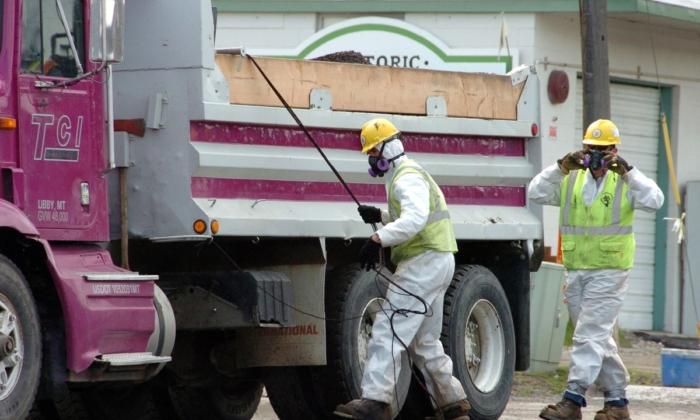The next generation of microchips could be used for anything from navigating the moon’s surface to helping farmers determine whether the fruit is ready for harvest.
Lithium niobate is a lab-grown crystal discovered in the late 1940s that has come back in vogue as scientists search for alternatives to the silicon chips used in cars, phones and computers.
The material can detect colour waves in the electromagnetic spectrum, which is what makes it so unique, according to RMIT University’s Prof. Arnan Mitchell.
“The science, technology and industrial community are starting to move away from the sort of mass manufacture of silicon,” Mitchell told AAP.
“And so there’s almost a change in philosophy about, OK, what are we trying to do here?”
Research by Mitchell and the University of Adelaide’s Andy Boes, published in the journal Science earlier in January, sets out how lithium niobate could also be used in other technology.
The material can be turned into strips about 1000 times thinner than a human hair and printed with circuits just like silicon chips, but with the potential to be manufactured on a smaller scale.
“Silicon is very, very good at a few things, but it’s really only accessible to very large players like Intel or Cisco who can afford to have huge volumes of these electronic circuits,” Mitchell said.
“I believe with lithium niobate; there are opportunities for lots of different applications and industries that have got niche needs.”
The scientists, along with colleagues at China’s Peking University, Harvard University in the United States and other institutions, are working with industry to create technology that could allow rovers to navigate the moon.
“On earth, when we use Google Maps, we use the Global Positioning System, but on the moon or in space, there isn’t any GPS, and so you need to navigate in other ways,” Mitchell added.
The team is exploring how lithium niobate chips could be used by the National Broadband Network, and whether sensors in orchards could pick up a particular gas emitted by ripe fruit, which could then notify farmers when it’s ready to be picked.






Friends Read Free